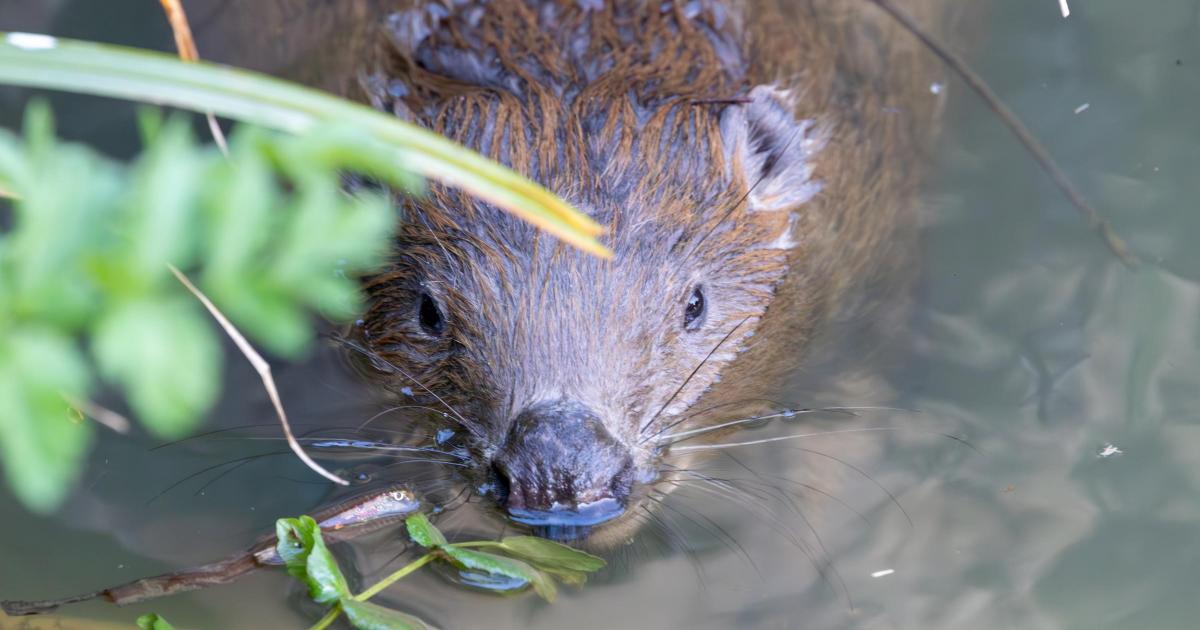It is five months since the National Trust released two pairs of beavers into Little Sea, Studland, in what was the first wild release of its kind in the area.
Sadly, one of the beavers was found dead at Swanage Bay, suspected to have died from salt water poisoning.
In early 2024, two beavers appeared at Studland before the licence was granted. Since then, they have built a large lodge and reared one kit in 2024, followed by two more this year.
Gen Crisford, National Trust beaver project officer, said: “We completed a health check on the adults in early 2025 before releasing any more beavers to the area.
“They certainly appear to be thriving. This has been really encouraging, showing that Little Sea is a very suitable habitat for beavers.”
One of the pairs released in March settled at the south of the lake. There were sporadic sightings, before a beaver was reported in Swanage.
Female beaver grooming (Image: Gary Jacobs)
Gen said: “We went down and quickly confirmed that a beaver was living on the Swan Brook.
“Unfortunately, it was in an unsuitable location, in a popular dog-walking area, where there was no deep water for the beaver to hide, making it very vulnerable.”
The female was trapped with help from the Beaver Trust and brought back to Little Sea, where she was reunited with her mate. Volunteers have since spotted a new lodge being built in the south of the lake.
Gen added: “These beavers have occasionally been seen crossing Ferry Road, close to the entrance to Knoll Beach. So, we’re asking drivers to be aware, especially when driving at dusk or night-time.”
The second pair, released on the eastern side, were initially seen in the marshes downstream of Little Sea. But after a long, dry spring and summer, water levels dropped and they moved elsewhere.
Gen said: “Whilst we were trying to find where they had gone to, we had the sad news that the body of a beaver had washed up in Swanage Bay. Whilst this was really upsetting, it does highlight that beavers are wild animals and there are always risks with reintroduction projects.”
The male was found to have died, with initial signs indicating salt-water poisoning. Volunteers are now trying to trace the female, who may still be in the area.
Despite the loss, the Trust says the project’s long-term aims remain unchanged.
Beaver lodge (Image: Gen Crisford)
The beavers have been active eco-engineers, selectively felling trees in the wet woodlands around Little Sea.
Gen said: “This actually brings huge ecological benefits, slowly opening up some of the closed, dark areas, creating more space and light for plants, insects, amphibians and other wildlife to thrive.”
Beavers can be seen from the hides at Little Sea, with dusk and dawn the best times to catch a glimpse.

